Reloading 224 Valkyrie is pretty much the same as reloading most other bottleneck rifle cartridges. However, there are some unique considerations when you’re dealing with a “hotrod” magnum cartridge like 224 Valkyrie. One of these considerations is brass life/longevity- namely the primer pockets. I’ve heard a lot of stories of 224 Valkyrie brass only lasting 3-or-so firings, so this is a big concern within the reloading community. So I thought I would put my Starline 224 Valkyrie brass cases “to the test”. How long will my brass last? Check out the video, and read on!
The Test Methodology
For this torture test, I decided to focus on a few specific things:
- Primer pocket longevity – how many firings does it take before these primer pockets go “out of spec”?
- Brass flow: how many firings and re-sizings can this brass take before trimming is needed?
- Overall case condition: cracks, etc.
- Case head swipe and “pounding”
Since 224 Valkyrie is a “hotrod” cartridge, I decided to go with a heavy-bullet-hot-load scenario, and one that I’ve also had good results with at the range:
Load Data Summary:
- Starline 224 Valkyrie case (new)
- Federal 205 small rifle primer
- 23.6 grains Hodgdon Varget (max load!)
- 88 grain Hornady ELD-M Bullet
Use load data at your own risk. Ultimate Reloader is not responsible for errors in load data on this website. Always cross-reference load data with manufacturer’s published data.
I decided a sample size of 10 cases would be a good compromise between “statistical correctness” and per-firing workload. So I took 10 once fired cases and started the testing!
One of the tools that’s needed for this kind of testing is a primer pocket gauge. Ballistic Tools makes a tool for this kind of testing (and other related scenarios) called the Swage Gauge:
I wasn’t feeling patient, so I made a “small primer pocket no-go gauge” using my Precision Matthews PM-1440GT lathe from some 1/4″ drill rod I had laying around:
This is one of those scenarios where tenths-of-thousandths (0.0001″) made a big difference. So I made sure I had calibrated my iGaging EZ-Data tenth micrometer, and took measurements with much care! I used the chart from Ballistic Tools to get the required dimensions for this tool:
(click/tap table above to read the full article at ballistictools.com)
For my no-go gauge, I decided to use a diameter equal to the [MAX POCKET DIAMETER] + 0.0002″ – so that dimension was 0.1747″. Once the primer pockets were oversized by 0.0002″, they would be pulled from testing. I validated this “tolerance” by monitoring the primer seating force, and they “agreed”. Once the no-go gauge would go into the primer pocket with minimal force, that corresponded with “weak feeling” primer seating. I decided not to push things beyond this point even though I believe the primer pockets would still hold on (barely, but not in a safe condition).
While I have two 224 Valkyrie rifles that I built (machining and chambering of barrel blanks, assembly, and related gunsmithing) I decided to use the AR-15 for this scenario for the following reasons:
- The AR-15 is the common scenario for 224 Valkyrie, what the cartridge was designed for
- I wanted to check for signs of case head distress (swipe, pounding, etc)
- I needed to test feed with the Hornady 88 grain ELD-M load in the AR-15
Test Procedure
For each round of testing, I performed the following steps:
- Fire all rounds still “in spec” in the AR-15
- Crawl around on the floor for 10 minutes looking for “that one piece of brass” that rolled under the milling machine or fell into a corner (yes, I need a brass catcher, BAD) 🙂
- Wipe off outside of cases
- For each case, inspect the case body, neck, and rim/head for damage
- Lube cases
- Size cases and de-prime with Forster full-length 224 Valkyrie sizing die
- Wipe off lube from cases
- Drop a sized case into L.E. Wilson 224 Valkyrie case gauge – check for proper sizing and check case length to determine if trimming would be needed
- Check primer pockets with my custom no-go gauge, pull and mark cases that are out of spec
- Run sized cases through RCBS Pro Chucker 7 for priming, charging, and bullet seating
Here are some cartridges ready for their 5th firing: (cases marked “4” lasted 4 firings)
Yes, this kind of testing takes a LONG time, but it’s fun.
Results
The results of this testing yielded some results I was expecting, and some I was not expecting!
Brass Longevity
Being a hotrod cartridge, I did expect some cases to last a handful of firings, and that was the case here. Some cases lasted for only four firings, while two lasted all the way to 13 firings! No failures were observed- all performed 100%, and all were pulled from testing due to primer pocket enlargement.
Here’s a bar chart showing the results for brass longevity: (click/tap to enlarge)
Case Length and Trimming
Here’s what I didn’t expect: none of the cases needed trimming, even after 13 firings! What a great combination of brass, rifle chamber, and the full-length sizing die. Trimming is a pain, and it looks like I won’t need to be concerned with that for 224 Valkyrie using this setup. Yay!
Case Head Condition
Just like when I put 22 Nosler brass to the test, the case rim for 224 Valkyrie showed some “pounding” (case head stamp weakening) but not to the point of being a concern. Here’s a closeup of the case heads for 224 Valkyrie cases fired 13 times over the course of this testing: (click/tap to enlarge)
Overall Case Condition
The cases used for this testing showed no signs of distress, other than the enlarged primer pockets, and the case head pounding (which was slight, and I consider it cosmetic). There were no splits or other signs of distress.
Summing It All Up
224 Valkyrie is for long-range precision shooting (at up to about 1200 yards). 224 Valkyrie pushes the 22 caliber long-range capabilities of the AR-15 rifle platform to today’s limits. A shooter and reloader therefore needs to set expectations accordingly. Any time you invest in a long-range precision shooting scenario, you should be prepared to spend some money to do so. No, you don’t need a $5000.00 rifle (even though they are nice!). You do however need to buy good brass, good bullets, and have some long-range gear (good scope, laser rangefinder, etc) in order to be successful.
Economics of Starline Brass for 224 Valkyrie
Here’s my thoughts for 224 Valkyrie and Starline brass if you shoot a lot:
- Pony up and spend ~$360 on 1000 224 Valkyrie cases from Starline
- Use the brass for four firings (that’s 4000 long-range shots!)
- Optional: monitor primer pocket diameter with a no-go gauge, an continue to reload cases that are in-spec (50% of my cases lasted for 8 firings!)
I’m not going to suggest that you “down-level” your loads since that isn’t what 224 Valkyrie is about. If you want a single “all-round” AR-15, that would be an option: to shoot hot and mild loads (when alternating between long and close range shooting) knowing that you’ll probably get 10 firings out of your mild-loaded 224 Valkyrie brass.
Do you want to see more of these torture tests? Please leave a comment! Do you have 224 Valkyrie brass longevity experiences to share? Please do! Don’t want to miss any more of this 224 Valkyrie content? Make sure you’re subscribed!
Thanks,
Gavin
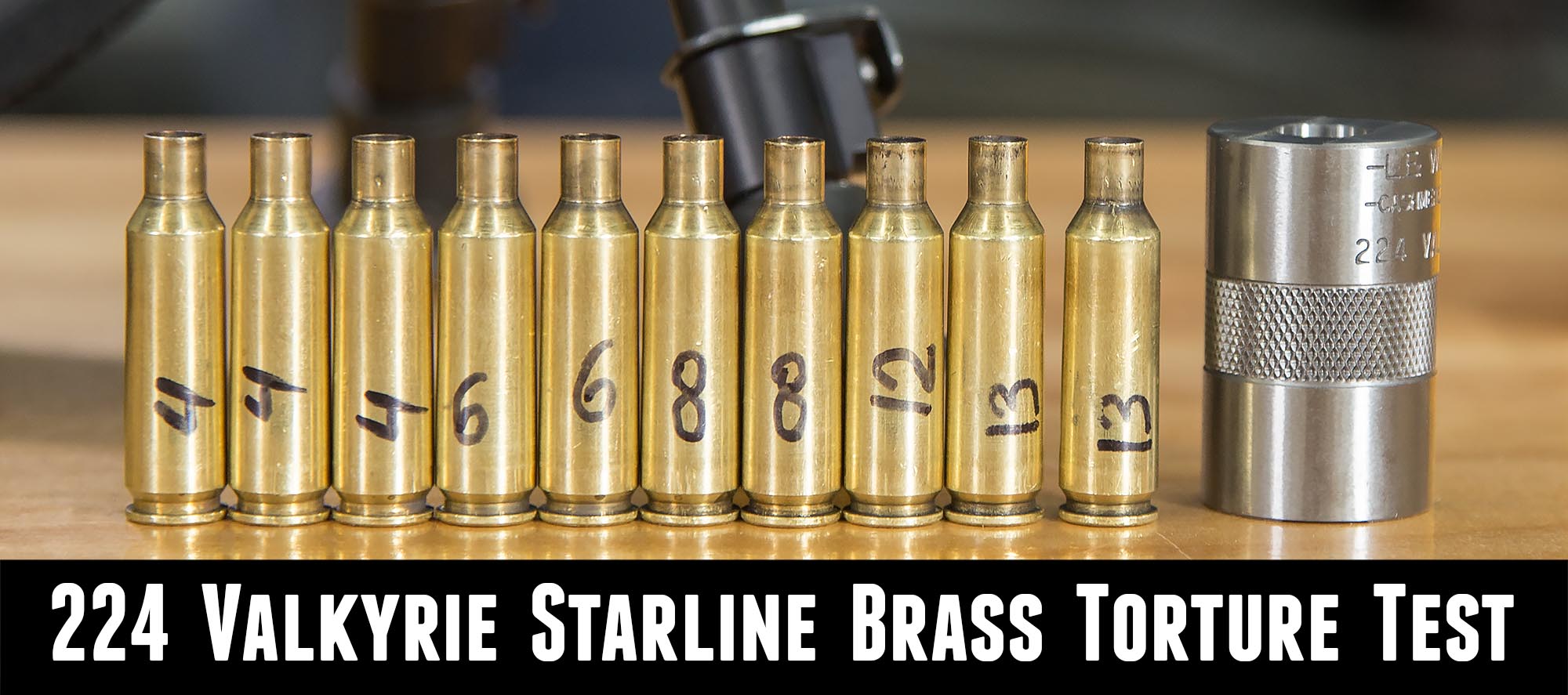
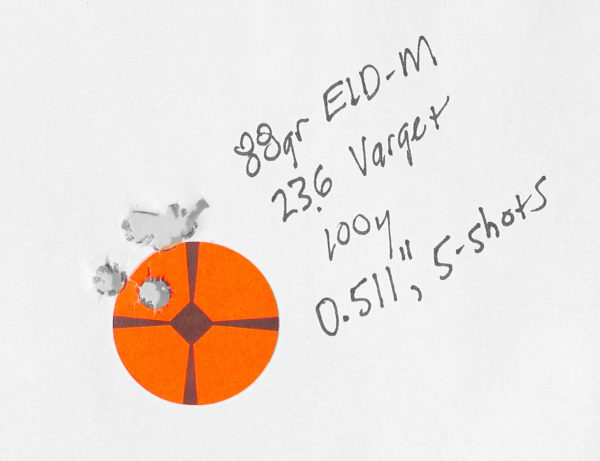

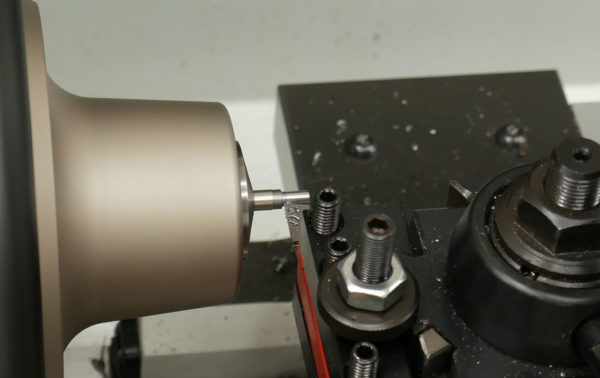

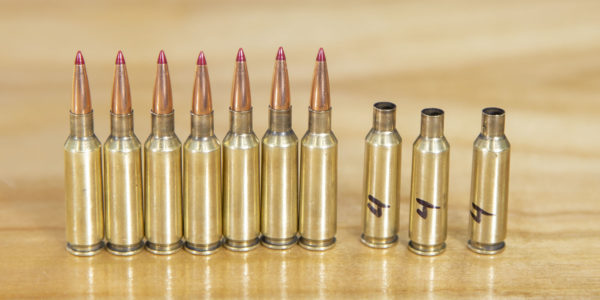
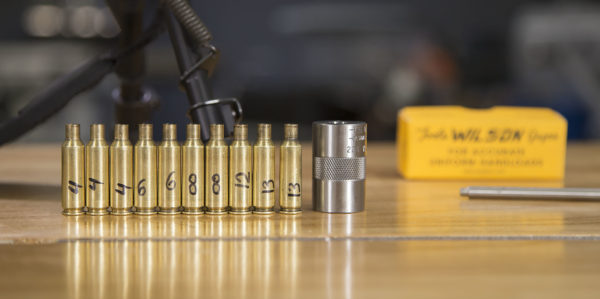

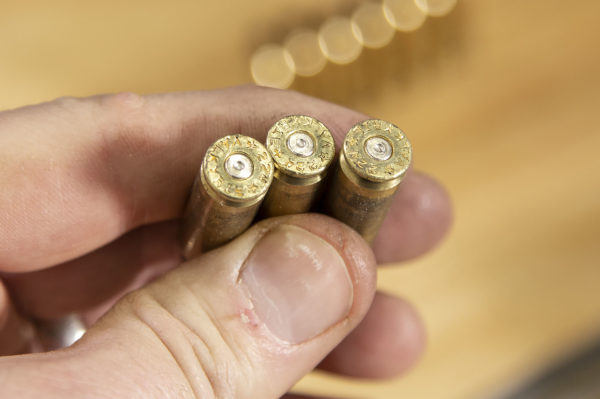
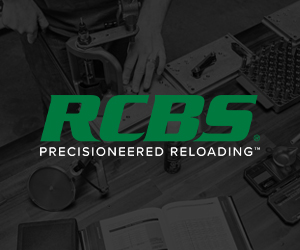


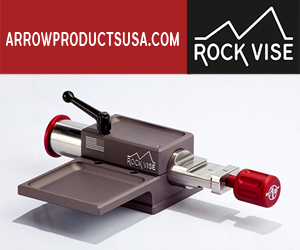
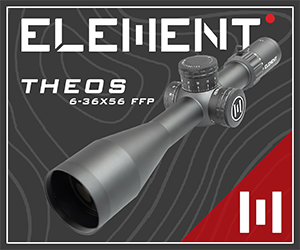


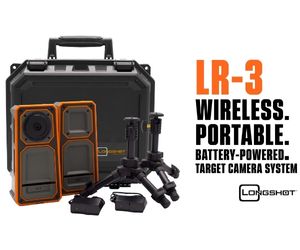
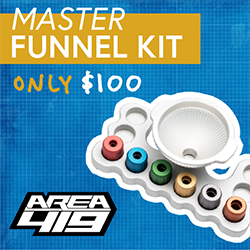


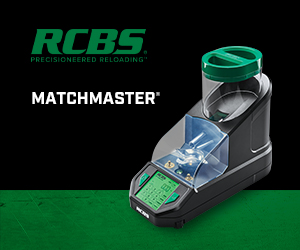

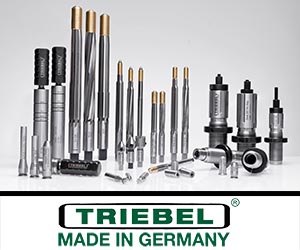
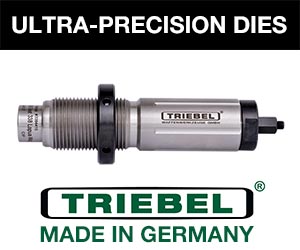





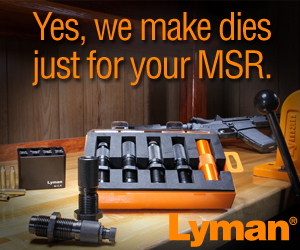
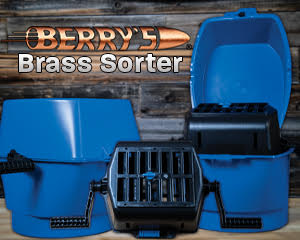




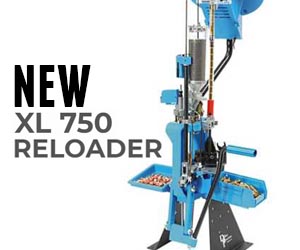

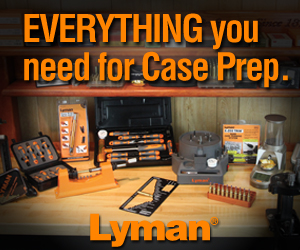






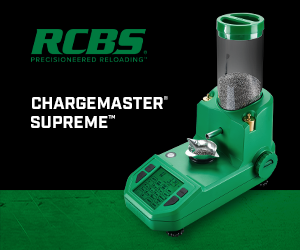

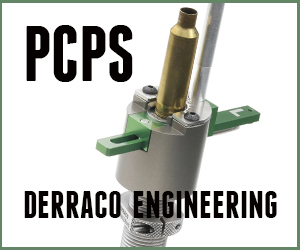
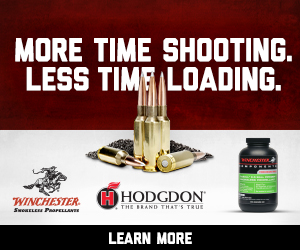





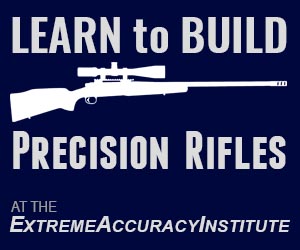




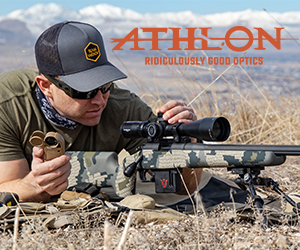

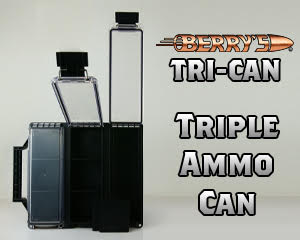

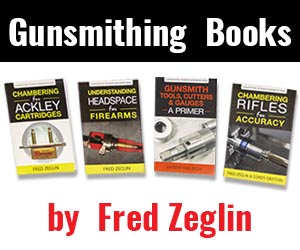




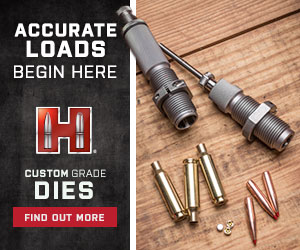




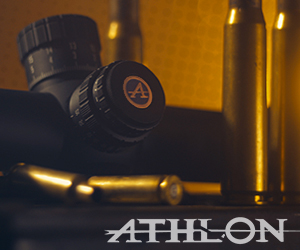


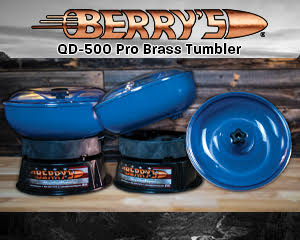
Would like to see a comparison on other brass
Working on it!
Awesome read, well done. Looks like I’m going with starline, working on Valkyrie loads myself. I’ll give yours a shot. Literally lol
Amazing work thank you so much!!!
Thanks publishing this. Did you use a bushing die? If so what diameter bushing did you use?
I would be interested in seeing the torture test as you suggested with reloading factory brass to see if the results are the same.
Hi Gavin, I am just starting to get back into reloading, I recently purchased a Mossberg .224, do you think the case life would increase with me shooting out of a bolt action gun rather than the AR frame ?
Thanks
just loaded some 224 valkyrie that i made from 6.8 spc brass being things are hard to find these days.. I loaded 69gr matchking at 28.5 of cfe223 i was hitting speeds of 3338 fps my lab radar said.. wonder if im over doing it ? after one firing the pockets did feel a little less tight
Not the same topic, But what bushing size for your sizing die are you getting the best results on an AR15 .224 Valkyrie?